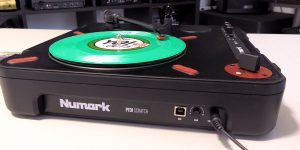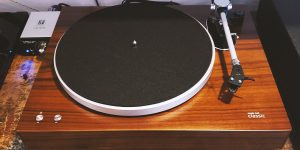Have you ever encountered the frustrating issue of your record player playing too fast? If so, you probably already know this problem can completely throw you off when listening to vinyl. In this article, I will uncover the reasons behind this common occurrence and explore how it can affect your enjoyment of music on vinyl and, most importantly, how to deal with it. So, let’s unravel the mysteries of why your record player may seem to be in a hurry and what you can do to bring it back to the perfect pace.
Understanding record player speed

To fully grasp why a record player might appear to be in a hurry, it’s essential to understand the standard speeds at which these musical marvels are designed to operate. There are two main speeds for vinyl records: 33⅓ revolutions per minute (RPM) for LPs (long-playing records) and 45 RPM for singles. The stylus, or needle, on your record player, is specially calibrated to trace the grooves at these speeds, translating them into the music you love. When the record player spins too fast, it deviates from these intended speeds, affecting the pitch and overall listening experience.
The precise control of record player tempo is crucial for faithful audio reproduction. Turntables achieve this control through several key components:
- Motor: Most record players feature a synchronous motor that rotates at a constant speed determined by the alternating current frequency (usually 60 Hz in the United States and 50 Hz in many other countries). This motor provides the initial rotation of the platter.
- Drive system: This system transfers the motor’s rotation to the platter. Three common types are belt drive, direct drive, and idler drive. Each has its advantages and disadvantages, but all aim for precise tempo control.
- Speed selector: Turntables typically include a speed selector switch or button that lets you choose between 33⅓ RPM and 45 RPM. This selector controls the motor’s speed and, subsequently, the platter’s rotation speed.
- Pitch control: Some turntables offer pitch control, allowing fine adjustments to the rotational speed.
When all these components work in harmony, your record player plays your vinyl records at the correct tempo, preserving the intended pitch and audio quality.
Common causes of speed issues
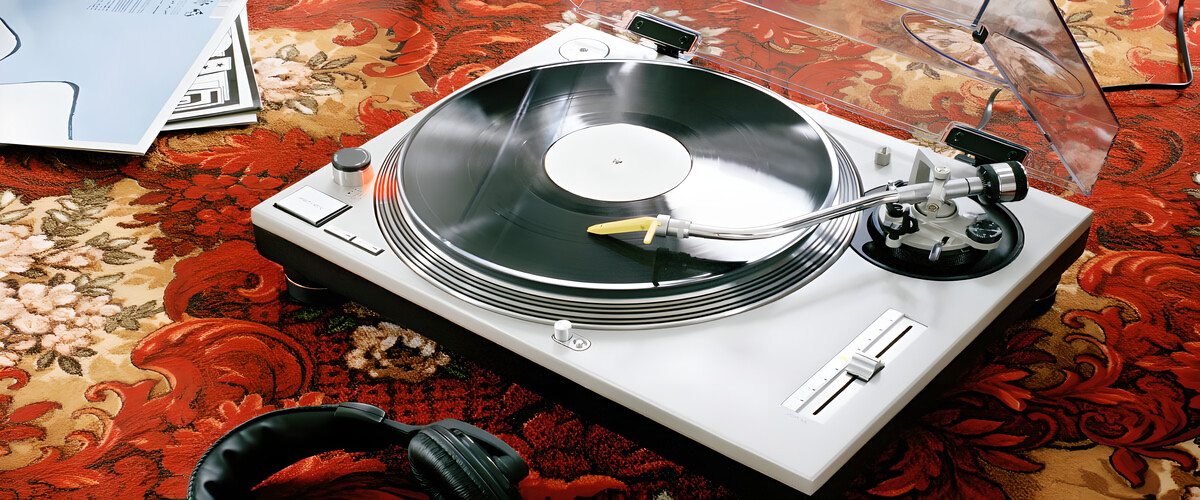
Several factors can contribute to your record player running fast, disrupting your vinyl enjoyment:
- Belt problems: Many turntables rely on a belt-drive system to rotate the platter. If the belt is loose, worn, or misplaced, it can cause the record player to spin too quickly.
- Motor issues: Problems with the turntable’s motor, such as excessive friction or voltage irregularities, can lead to speed discrepancies.
- Electrical fluctuations: Inconsistent power supply or voltage spikes can interfere with the motor’s performance, causing it to run fast.
- User error: Sometimes, user error, like selecting the wrong tempo setting, can be the culprit behind the issue.
Understanding these common causes is the first step toward resolving the problem of a record player spinning too fast.
How to fix the speed issue
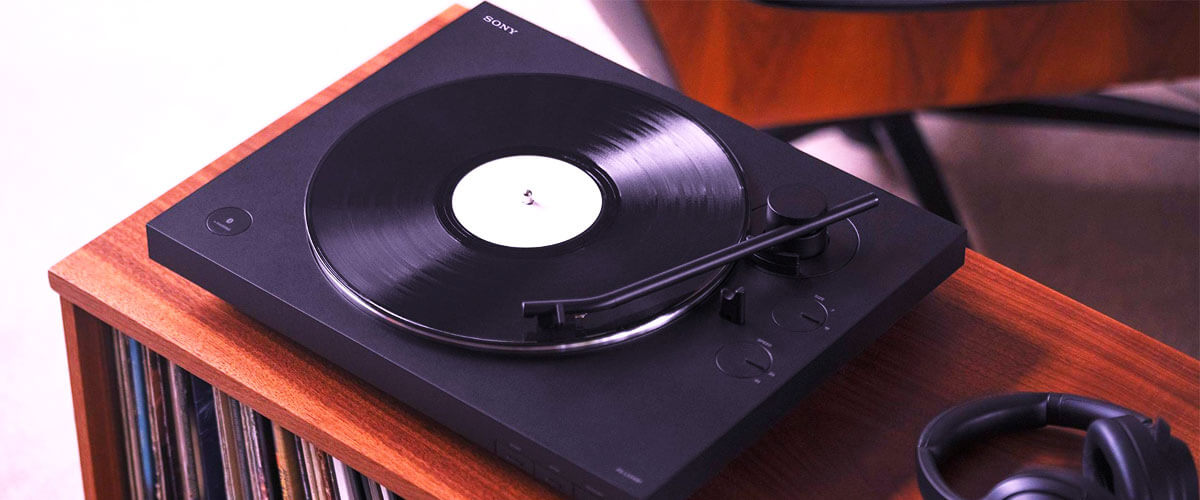
When you’re deep into the soulful melodies of your vinyl collection, the last thing you want is your record player deciding to go on a speed rampage. But fear not because there are practical solutions to bring back the groove at the right tempo:
Belt replacement
One of the common culprits behind a turntable spinning too fast is a worn or loose belt. The belt is a crucial component responsible for turning the platter. Over time, it can lose its elasticity or even snap. To resolve this, you’ll need to replace the belt.
Begin by consulting your record player’s manual. It usually contains detailed instructions on how to access and change the belt. When purchasing a replacement belt, ensure it’s compatible with your specific turntable model. This straightforward replacement can rejuvenate your record player’s performance, bringing it back to its proper speed.
Motor calibration
If it’s not a belt issue, the problem may lie within the motor. Inspect your turntable’s motor for signs of malfunction or excessive friction. A malfunctioning motor can cause speed irregularities. In some cases, it might require professional assistance to recalibrate it to the correct speed settings. This calibration process should be handled with precision to ensure the motor operates smoothly.
Software updates (for digital or hybrid models)
For those using digital or hybrid turntable models, speed issues can sometimes be resolved through software updates. These updates can fine-tune the turntable’s internal mechanisms. Check the manufacturer’s website or your user manual for any available updates. If there’s an update, follow the provided instructions to ensure your turntable’s software is up to date.
Preventive measures
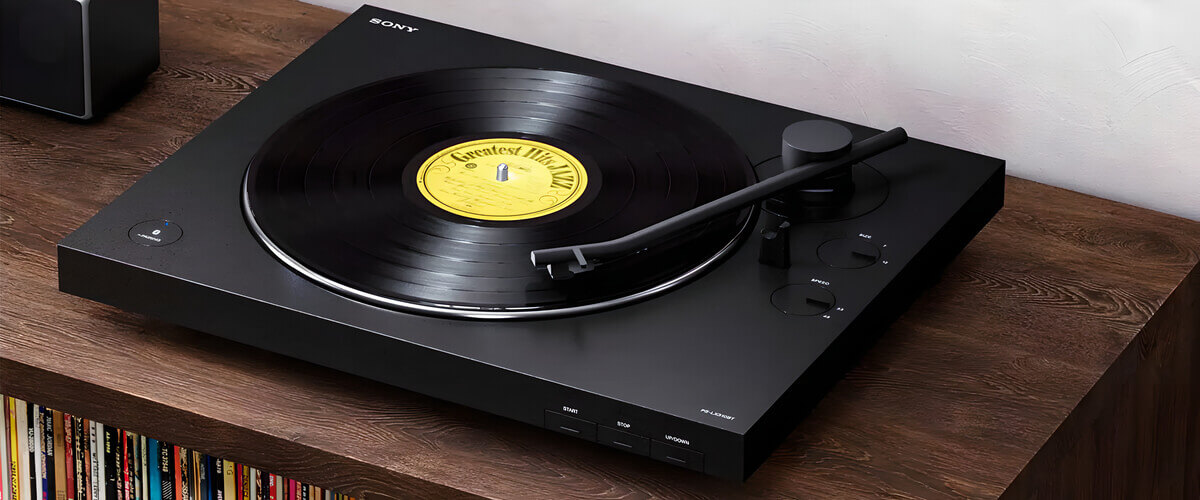
While resolving the issue is crucial, it’s equally important to prevent it from happening again. Here are some preventive measures:
- Regular maintenance: Make a habit of cleaning and maintaining your turntable regularly. Promptly address any issues that arise.
- Proper setup: Ensure your turntable is placed on a stable surface that is level and isolated from external vibrations. Vibrations can interfere with the turntable’s mechanics and cause tempo irregularities.
- Correct speed selection: Always select the appropriate speed setting for your record. Using the wrong speed setting can lead to your records playing too fast or too slow.
- Quality vinyl: Invest in high-quality vinyl records. Low-quality or damaged vinyl can exacerbate tempo issues due to manufacturing defects or warping.
By following these steps and practicing preventive measures, you can keep your record player grooving at the right tempo. This way, you can savor your vinyl collection without any unwanted speed bumps, ensuring that each note and lyric sounds just as the artist intended.




